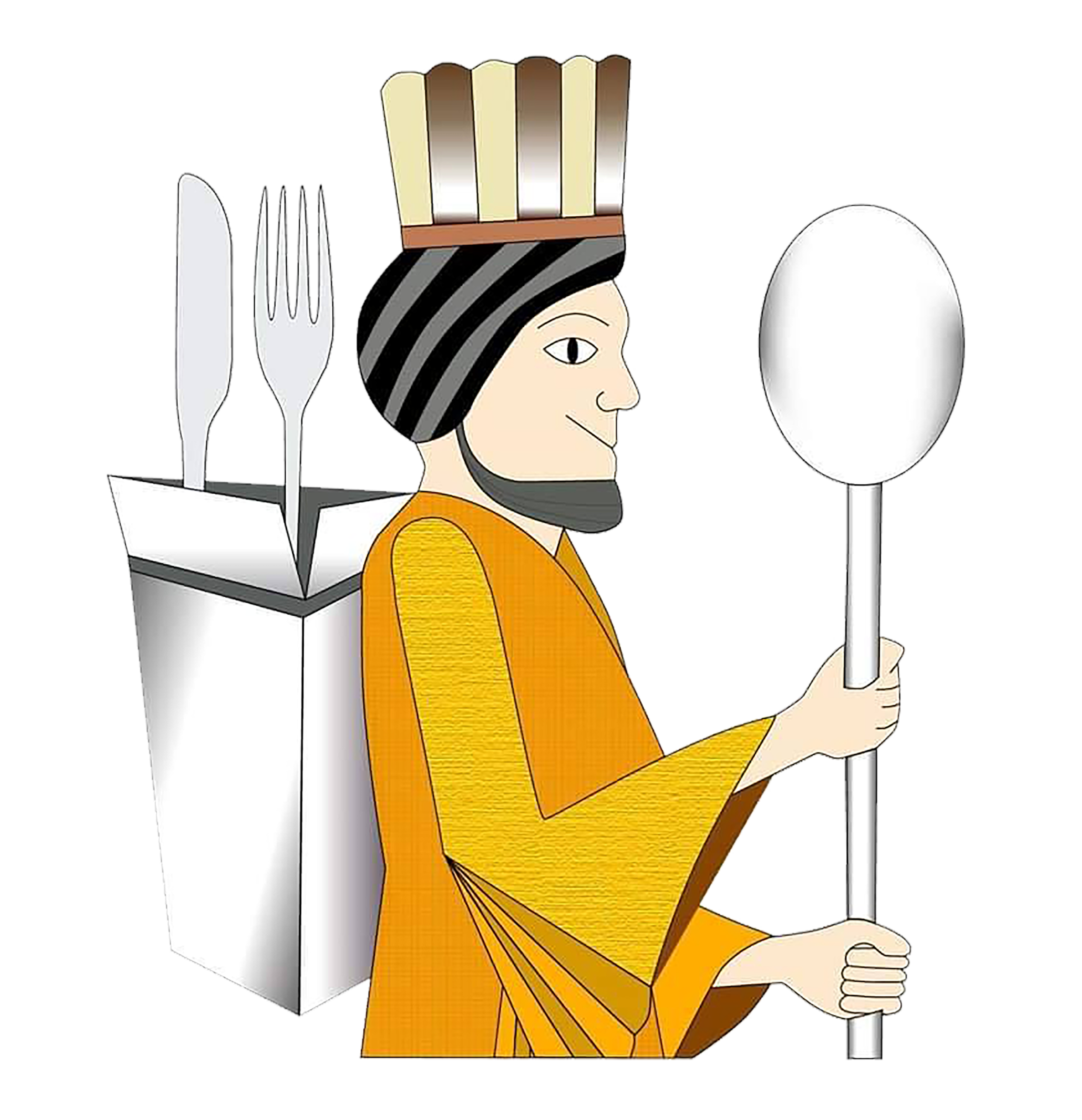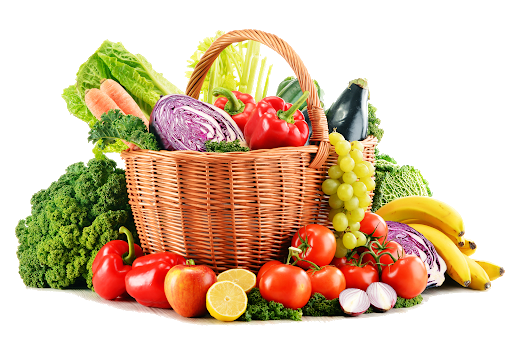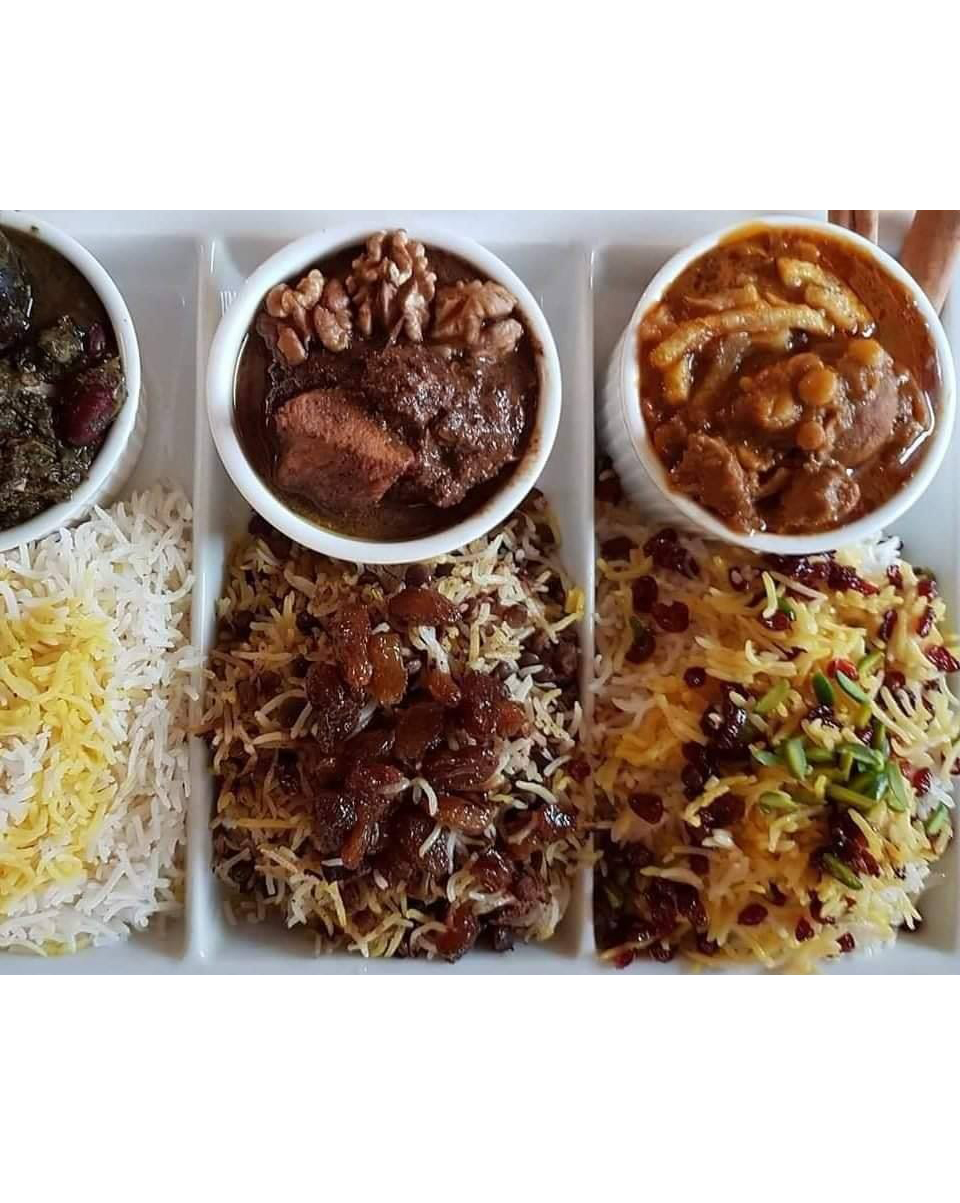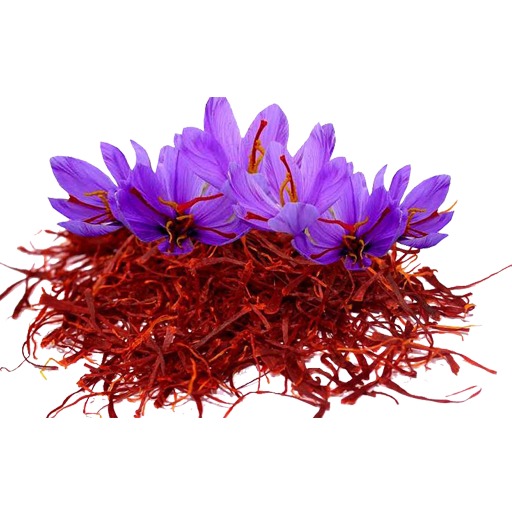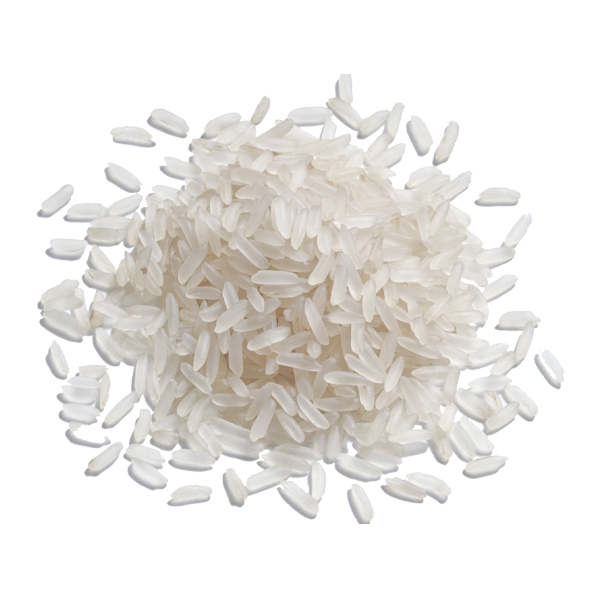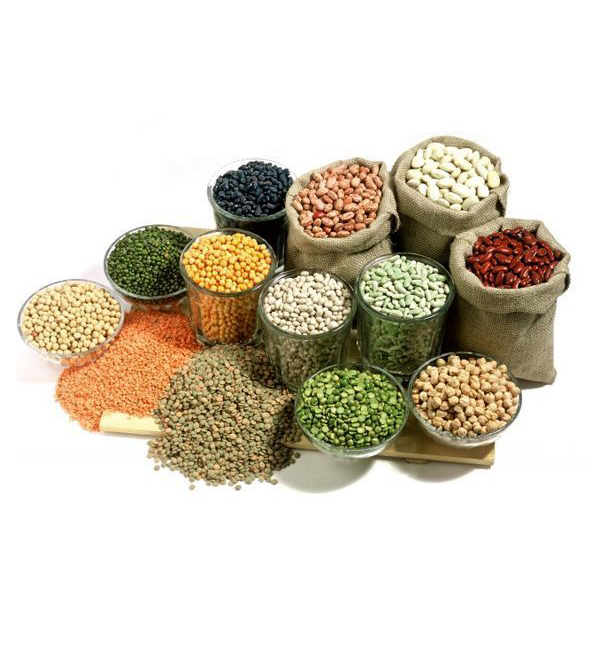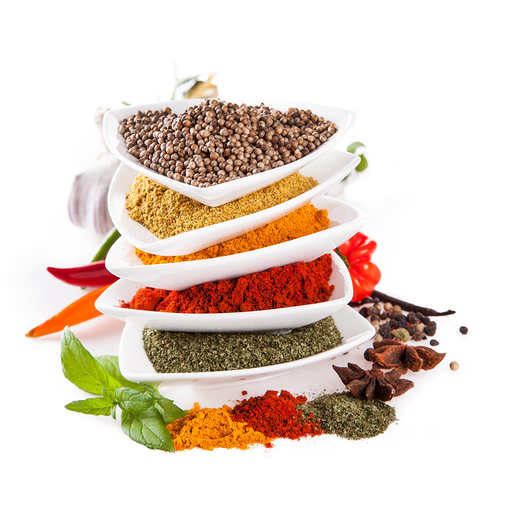
Spice
A spice is an organic material of fragrant or pungent vegetable origin. It is mainly used in small quantities in cooking, as a preservative, seasoning or coloring, but also in medicine, in dyeing or in distillery. The notion of spice merges partially with that of aromatics, and to a lesser extent of condiment.
The spices come from different parts of the plant: bark (cinnamon), flower (saffron, clove), fruit (pepper, dill, chili), rhizome (ginger, turmeric), seed (nutmeg, mustard), etc. On the other hand, certain definitions exclude plants of which only the leaves (parsley, basil, tarragon, etc.), stems or bulbs (onion, garlic, chives, etc.) are used. They are then rather considered as aromatic herbs.
